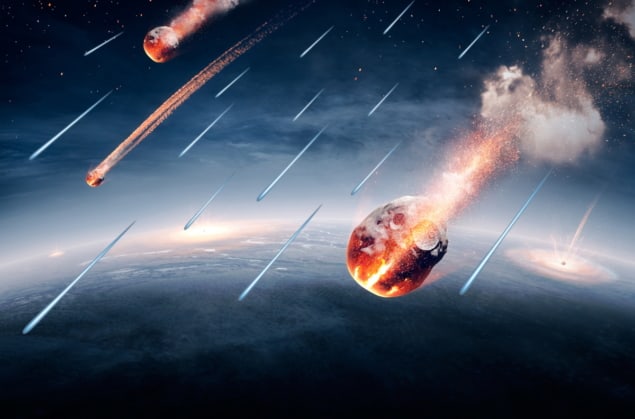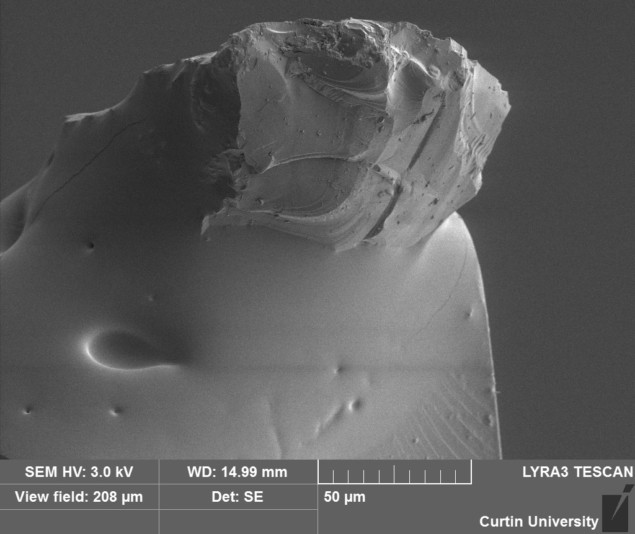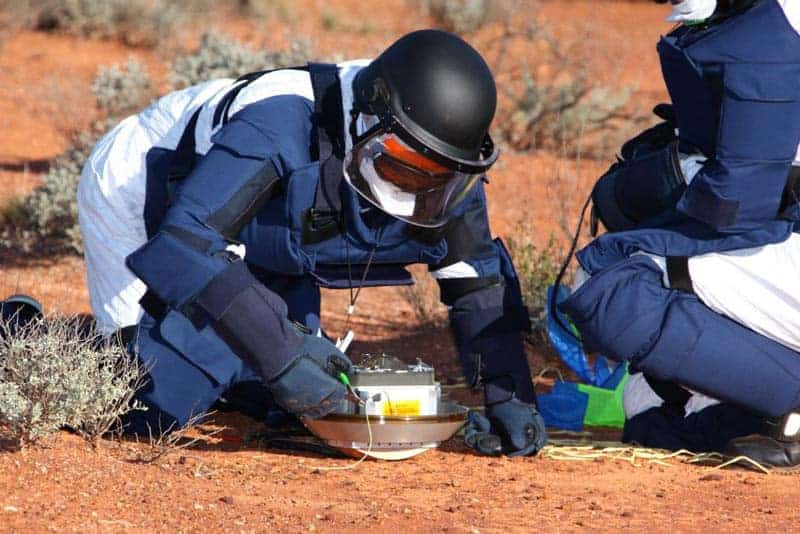
Earth might have received a large amount of its water from interplanetary dust grains interacting with the solar wind, according to new research that has picked apart the atoms in water molecules found in samples brought back to Earth from the asteroid Itokawa.
According to Luke Daly of the University of Glasgow, who led the research, there could be what he whimsically describes as “half a glass of sunshine in every cup of water”.
The mystery of the origin of Earth’s water is one of isotope ratios. A percentage of all water contains deuterium, which is a heavy isotope of hydrogen, rather than regular hydrogen. Earth’s water has a deuterium-to-hydrogen (D/H) ratio of 1.56 × 10–4, but when astronomers look out into the solar system, they find different D/H ratios. The exceptions include a handful of comets and carbonaceous chondrites, or C-type, asteroids. However, additional reservoirs of water with a similar D/H ratio are required to account for all the water in Earth’s oceans.
A sample of dust
In 2010 the Japanese Aerospace Agency’s Hayabusa mission brought back samples from the near-Earth asteroid 25143 Itokawa, which is a stony type of asteroid expected to contain far less water than C-types because it formed much closer to the Sun.

Daly’s co-authors, including Hope Ishii and John Bradley of the University of Hawai`i at Mānoa, used a technique called atom probe tomography to analyse the atoms and molecules in the top 50 nm of micron-sized dust grains sampled from Itokawa. Atom probe tomography combines a field ion microscope with a mass spectrometer to study the structure of materials atom by atom. They found that the grains contained water molecules with the same D/H ratio as Earth’s water. Scaled up, it would amount to 20 litres for every cubic metre of rock.

This water is produced by space weathering. Hydrogen ions – protons – on the solar wind penetrate into the dust grains where they oxidize the minerals, first creating hydroxyl (HO) and then water (H2O). Daly’s team envisages clouds of this water-laden dust raining down on the young Earth in the early solar system, supported by impacts from C-type asteroids.
“Up to around 50% of Earth’s water might have arrived on tiny dust particles affected by the solar wind, and the rest from C-type asteroids,” Daly tells Physics World.
Nebulous problems
Steven Desch, of Arizona State University, who was not involved in the study, finds the results “interesting”, but is “not at all convinced” that dust could have delivered a substantial amount of water to Earth.
The solar system formed from a cloud of gas and dust that astronomers call the solar nebula. In 2018 Desch co-authored a paper suggesting that some of Earth’s water came as a result of hydrogen ingassing from the solar nebula and being soaked up by the early Earth’s magma ocean, where it oxidized minerals to form water.
Desch says that Daly’s team has not properly considered the environment of the solar nebula. To have enough dust to provide the water, he says, it would need to be embedded in the gas of the nebula. “But if there’s gas, it absorbs the solar wind,” preventing it from forming water, he says. Meanwhile, dust itself could block the solar wind from reaching other dust in its shadow.
Instead, “We, and other researchers, feel that there are probably multiple contributors, starting with the major one, the accretion of carbonaceous chondrite material,” says Desch, who argues that the solar-wind process would have contributed only a small amount of water, rather than the significant amount that Daly’s team proposes.
Nevertheless, the space weathering process may have important implications for other bodies in the solar system.

Space probe brings asteroid dust back to Earth
“All the inner planets and moons in our solar system, and potentially across the galaxy, should receive water from tiny dust grains,” says Daly. “Also, water will be forming on the Moon right now from the solar wind hitting the lunar regolith.”
This process has already been observed in action on the Moon by SOFIA, the Stratospheric Observatory for Infrared Astronomy, which is a telescope in the back of a modified Boeing 747. SOFIA has detected water molecules migrating across the lunar surface, water that has formed through space weathering. “It could be a really important resource for future astronauts,” says Daly.
Daly’s findings are published in Nature Astronomy.



